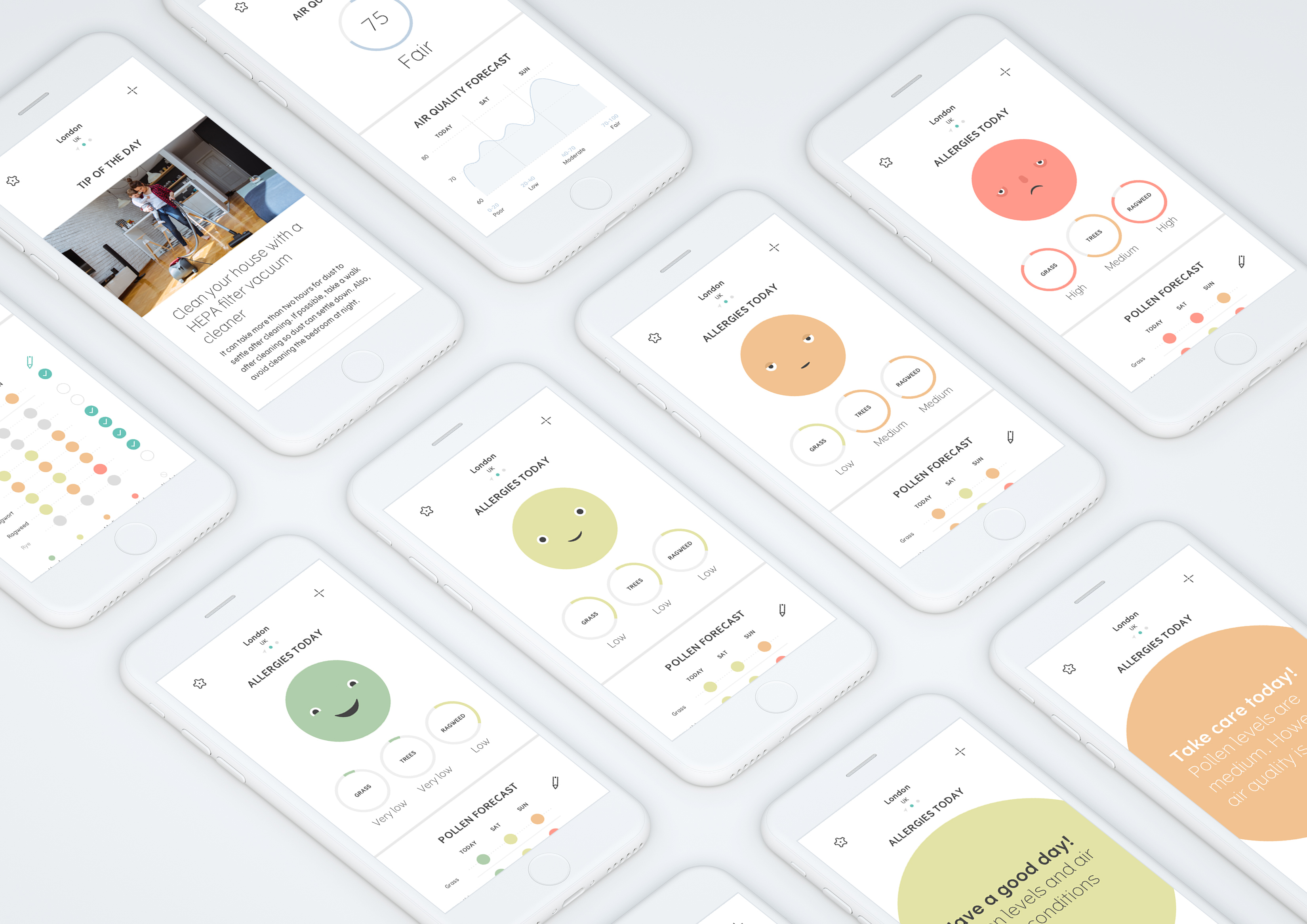Based on the quality of care, cost and accessibility of services, there is little doubt that Australia has one of the best healthcare systems in the world.
But like many affluent countries, it also faces the immediate challenge of rising chronic diseases, an ageing population, and an ever-increasing demand for new treatments and more hospital beds. Currently, more than 7 million Australians live with a chronic illness, and poor management of chronic disease costs the Australian economy more than $320 million a year.
The healthcare industry in Australia is one of the last industries to be disrupted by digital technology, yet it also has the most to gain, particularly in increasing efficiency, patient outcomes and self-management.
Digital technology has made an impact on nearly every industry, and Australians have growing expectations of the ways in which technology will improve access to healthcare services, delivering services in ways that are convenient for them.
The federal government has set aside $435 billion for healthcare in the 2019/20 budget for the next four years, with $5b of that promised for a 10 year Medical Research Future Fund plan.
We believe there are a number of opportunities for digital investment to improve healthcare services in Australia.

1. Shifting the balance of power to patients
There is a major shift underway to put patients more in the centre of care, to improve outcomes and reduce costs. Australians want to be increasingly empowered and take control of decisions regarding their health.
A report by the Australian government found that four times as many people want to access their personal health information on a mobile app (48%), than are currently able to on available apps (11%).
Our work in the healthcare space has been about helping our clients develop mobile apps that are designed to increase patient engagement and change behaviour- both patient behaviour and the workflow for clinicians.
Klara, an allergy companion app we developed with Danish pharmaceutical company ALK, provides users with personalised information such as pollen count for their specific allergy, location-based air quality forecast and an individual allergy log. This allows users to self manage by tracking and monitoring their symptoms and sharing this information with their healthcare provider to help build a broader picture of their overall condition and needs.
The shift to patients accessing their own health information is particularly important in managing chronic illness, which requires patients to be involved in long-term self-care.
Managing chronic illness can involve doctors prescribing solutions such as excercise, medication and dietary restrictions, whose success largely depends on patient choices that take place on a daily basis outside of the formal healthcare system.
This is where the emergence of wearables and apps, such as the MyKidneys app we built for Fresenius, a dialysis provider, to help patients with chronic kidney disease, play an integral part in giving users the tools to manage their condition and develop healthier habits and routines.

2. Improving Patient Outcomes
Digital technology is enabling health care providers to optimise treatments based on more comprehensive and fine-grained information about the patient and their condition.
Some of the technology enabling this includes:
Precision medicine. Clinicians will be able to tailor treatments based on the patient's genes, and thus help avoid harmful side effects, ensure better outcomes, earlier diagnosis, and better and safer treatments.
Artificial intelligence (AI) is expected to improve patient outcomes and reduce healthcare costs, by understanding day-to-day patterns of patients and providing feedback on treatments, helping detect diseases in its early stages, as well as support healthcare organisations unlock vast amounts of data and improve diagnosis.
We partnered with Google Deepmind to develop the Streams app, which utilises AI machine learning for predictive diagnosis for kidney disease.The app provides treatment feedback via real-time alerts and information to clinicians and healthcare experts, improving the efficiency and efficacy of care in critical moments.
VR has the potential to greatly enhance patient outcomes by helping with diagnosis, treatment plans, and preparing them for procedures they are facing. It has also proved very useful for patient rehabilitation and recovery. Sophisticated tools help them gain the experience they need by rehearsing procedures and providing a visual understanding of how the human anatomy is connected.
3. Digital allows us to 'care everywhere'
Australia faces some unique challenges, with scale and distance defining what care looks like outside of the expensive hospital setting. There is an increasing opportunity for 5G to ease the burden on hospitals, and increase the availability and accessibility of medical care to those outside of capital cities.
Existing trials of remote monitoring and telehealth are already underway across Australia, and 5G has the potential to deepen and grow these approaches and make medical data for research and personalised care more easily accessible.
In order to future proof our health system, there needs to be a meaningful and productive partnership between the healthcare industry, consumers, and those building digital solutions to work together to combat our healthcare system's biggest challenges and realise the biggest opportunities.
We believe that investment need not be in the millions to drive impact, but it does need commitment and a focus on innovation and bringing things into the market.
To learn more about our work in the healthcare space, and how we can bring your idea into market, get in touch: hello@ustwo.com.